Personalized metal...
Tin box metal box printing process introduction
Tin boxes and metal boxes are durable goods, with higher surface decoration requirements and more durability. Therefore, a number of surface treatments are required before printing, such as surface coating, electroplating, anodizing or mechanical finishing (spinning, drawing), etc. Printing When working, ensure that the surface is clean and wear gloves when working. If there are stains such as grease, fingerprints or dust on the treated surface, it must be washed off with solvents such as trichloroethylene, thinner and gasoline. In addition, according to the tin Use appropriate printing inks for the surface performance of the metal box, such as amino baking varnish and epoxy baking varnish coating surface, use amino and epoxy resin thermosetting ink; nitro varnish and other natural drying coatings, solvents can be used Volatile oxidative drying ink, but solvents or thinners must be used with caution to prevent damage to the paint surface, and a layer of varnish is applied after the tin box metal box is printed to improve gloss and protect the entire surface; tin box metal box The electroplated surface can also be printed with thermosetting ink, but it is necessary to pay attention to the difference between the coefficient of thermal expansion of the electroplated layer and the metal to control the heating temperature to avoid the large difference in expansion coefficient and cause the coating to crack; the oxidation of the tin plate will form a uniform gap The oxide layer (about 2-10um thick) has a large surface area, which can improve the adhesion of the coating (ink). In addition, it also has the ability to absorb dyes. It can be used to make dyed signs using diffusion ink or dip dyeing.
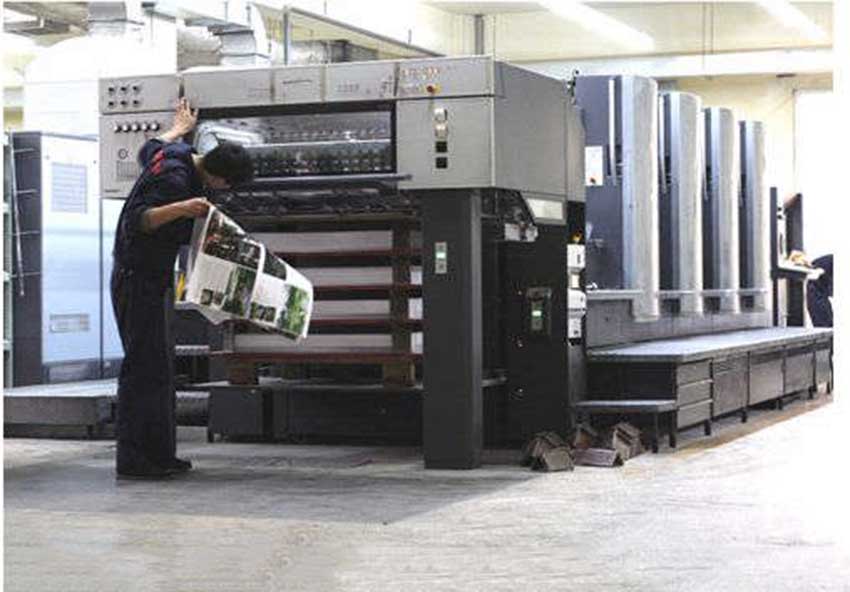
Tin box metal box printing
Tin box metal boxes are mainly spray cans and miscellaneous cans made of tinned iron and aluminum products. The production of various metal boxes is carried out by automatic assembly lines from the can body to the printed products. Therefore, the coating and printing of the metal box printing machine is often integrated with the metal box production line. The printing method of tin box metal box varies with the shape of the tank and the material, mainly including photogravure, offset printing (including letterpress) and screen printing. Since the printing speed of the tin box metal box printing machine is relatively high, the coating and printing speed is generally 400-200 pieces/min. Therefore, most of them do not use the offset offset printing method but use the relief offset printing method, that is, dry offset printing, through rubber A printing method in which a roller is used to transfer an image. The formed tin box metal box body is ready for printing after purification and surface treatment. In order to produce a certain gloss on the printed surface, white paint can be applied as the base color, and then printed on the tin box metal box printing machine. The tin box metal box is mostly curved surface printing, and the speed is relatively high, and the printing pressure cannot be too high. In order to ensure sufficient printing pressure, low-viscosity inks and binders with good drying properties should be selected.
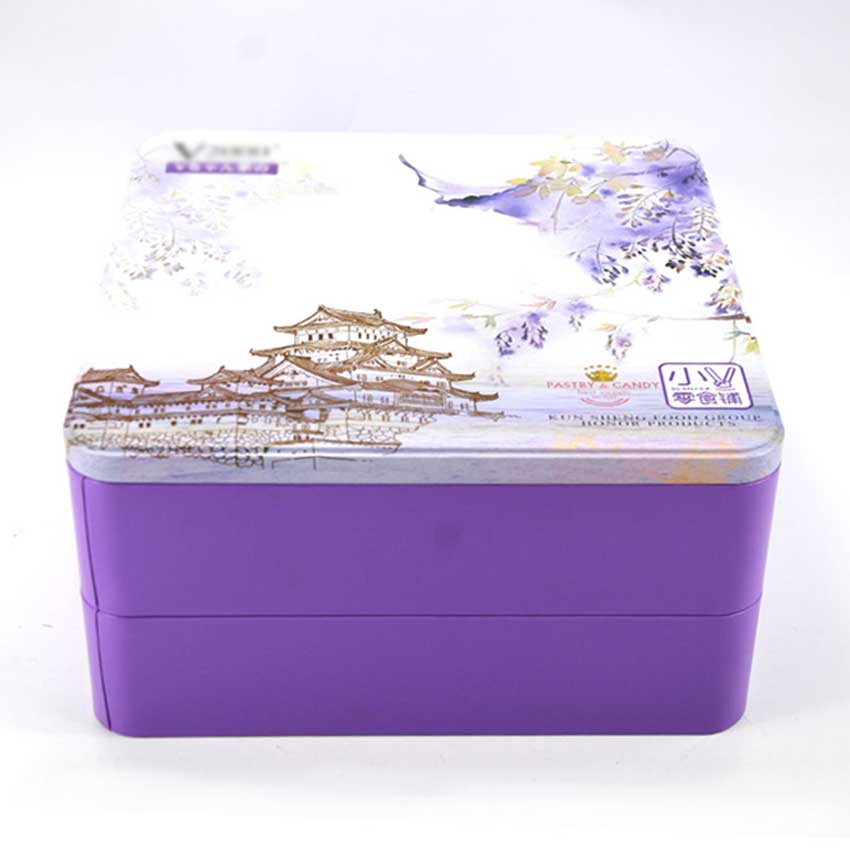
Tin box metal box printing process
The tin box metal box printing process needs to use offset printing, gravure printing, screen printing, inkjet printing, but also computer design, numbering, archiving and other processes. The production process is generally as follows: firstly, a computer workstation performs logical design, image design and numbering design to form a complete printing plan, generate data files, and then transfer them to the verification software (or CD-ROM) for customer archives, etc.; On the other hand, the inkjet printing is controlled by the computer, and the printing of the exquisite patterns on the surface of the tin box metal box is carried out on the gravure, offset (or flexo) printing machine, and then the printed pattern is provided to the screen printing machine for processing. After printing, after post-printing processing (such as cutting, inspection, grouping, etc.), some unqualified products are picked out, recycled, registered and fed back to the computer workstation for verification and processing, and finally the qualified products are replaced and packaged to make finished products .
Tin box metal box printing process requirements:
A. The ink should have uniform density, saturated hue and high purity. The reflectivity and gloss of gold ink will cause specular reflection effect and affect the reading of the scanner, so it cannot be used for printing bar codes. The thickness of the ink layer should not exceed 30um, otherwise the height difference between the bar and the space is too large, which will affect the reading.
B. Requirements for printing materials. Since the scanning light source is incident at an angle of 45° during bar code reading, and the collection angle of reflected light is 15°, when the reflected light exceeds the range of 15°, the reflected light signal cannot be collected, which is equivalent to a black effect. In order to meet the characteristics of bar code scanning, the substrate is required to have good light scattering characteristics without specular reflection. Therefore, the whiteness, opacity and gloss of the paper have a certain influence on the reading of barcodes. In addition, consideration should be given to choosing materials with good weather resistance, dimensional stability after stress, good colorability, low ink permeability, and moderate smoothness and finish.
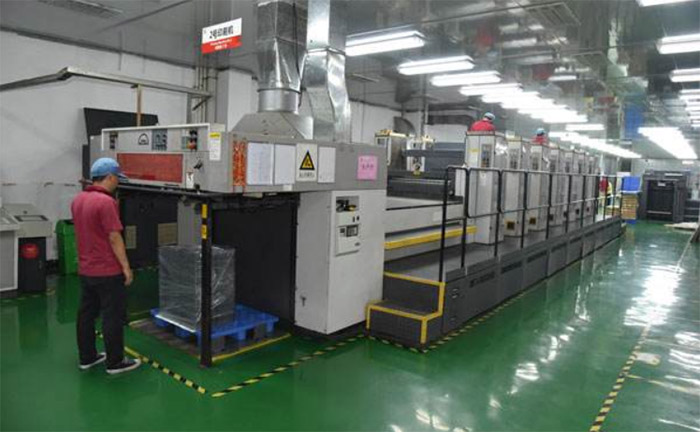
C. Printing quality requirements. The bar code symbol is the information source for scanning and reading. To ensure correct reading, the printed bar code should be neat and clear, without obvious defects, and no ink marks in the blank space. In order to ensure the correct reading of the bar code, the maximum diameter of the defects and stains on the bar code should be less than or equal to 0.4 times the standard width of the narrowest line bar code. The lines and blanks in the bar code printed on the tin box metal box should have obvious contrast signals. The reflectivity of the blanks should be as large as possible, and the reflectivity of the lines should be as small as possible. The greater the PCS value (color contrast), the greater the bar code’s The greater the contrast signal, the better the readable performance.
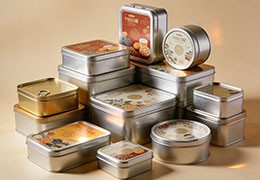
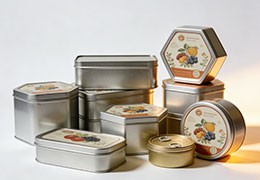
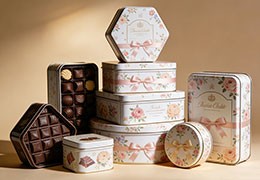

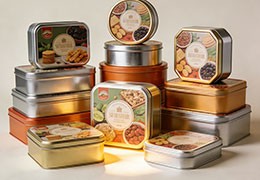
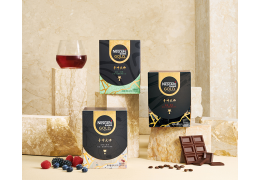
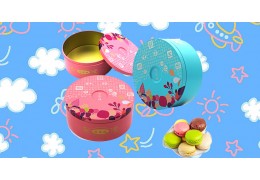
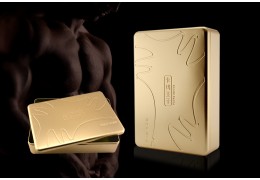
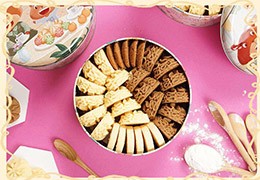
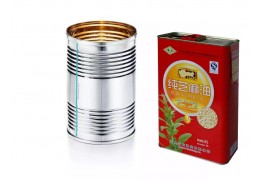

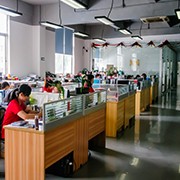


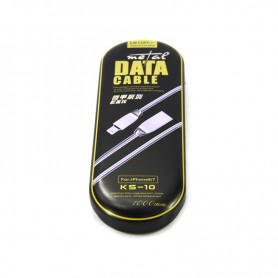
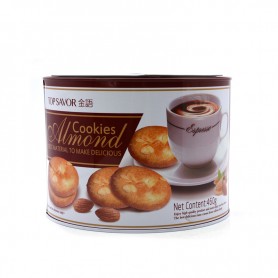

Latest comments